Introduction
Understanding the nuanced distinctions between jet fuel and diesel fuel is crucial for industry professionals navigating the evolving landscape of renewable fuels. Jet fuel, specifically Jet A and Jet A-1, is tailored for aviation turbines, prioritizing a lower flash point to ensure performance at high altitudes. In contrast, diesel fuel, with its higher cetane number, supports the efficient operation of compression ignition engines.
As the aviation sector increasingly focuses on Sustainable Aviation Fuel (SAF), significant investments are being made to foster its production and adoption. This shift marks a departure from the longstanding reliance on a stable jet fuel formula, posing new challenges and opportunities for innovation. Meanwhile, diesel fuel has undergone various enhancements over the years, including improved lubricity and cold flow properties, reflecting its adaptability and the continuous quest for optimization in the renewable fuels industry.
Key Differences Between Jet Fuel and Diesel Fuel
Jet and diesel, though both products of crude oil, exhibit distinct characteristics and serve different purposes. Jet propellant, primarily Jet A and Jet A-1, is formulated for aviation turbines, featuring a lower flash point, which is critical for high-altitude performance. Diesel, on the other hand, is denser with a higher cetane number, crucial for compression ignition engines. The composition of jet propellant is predominantly kerosene, while diesel comprises a blend of hydrocarbons, including lighter fractions that enhance its combustion profile.
A significant shift is occurring in the airline sector, with the industry moving towards Sustainable Aviation Fuel (SAF). Public and private investments are intensifying to boost SAF production and adoption. Despite the aviation sector’s reliance on a consistent jet energy formula since the 1950s, there is an active push to embrace these changes. SAF is designed to be compatible with existing jet engines while offering environmental benefits. According to Robert McCormick of the DOE’s National Renewable Energy Laboratory, creating a new jet energy source presents a novel challenge for the industry, which has traditionally depended on a stable energy formulation for decades.
In contrast, diesel's evolution has seen various modifications to improve performance, such as enhancing lubricity and cold flow properties. This adaptability is evident in the historical changes to gasoline and diesel compositions over the years. However, the core properties of petroleum jet energy have remained largely unchanged, highlighting the impending transformation as the aviation industry gears up for SAF integration.
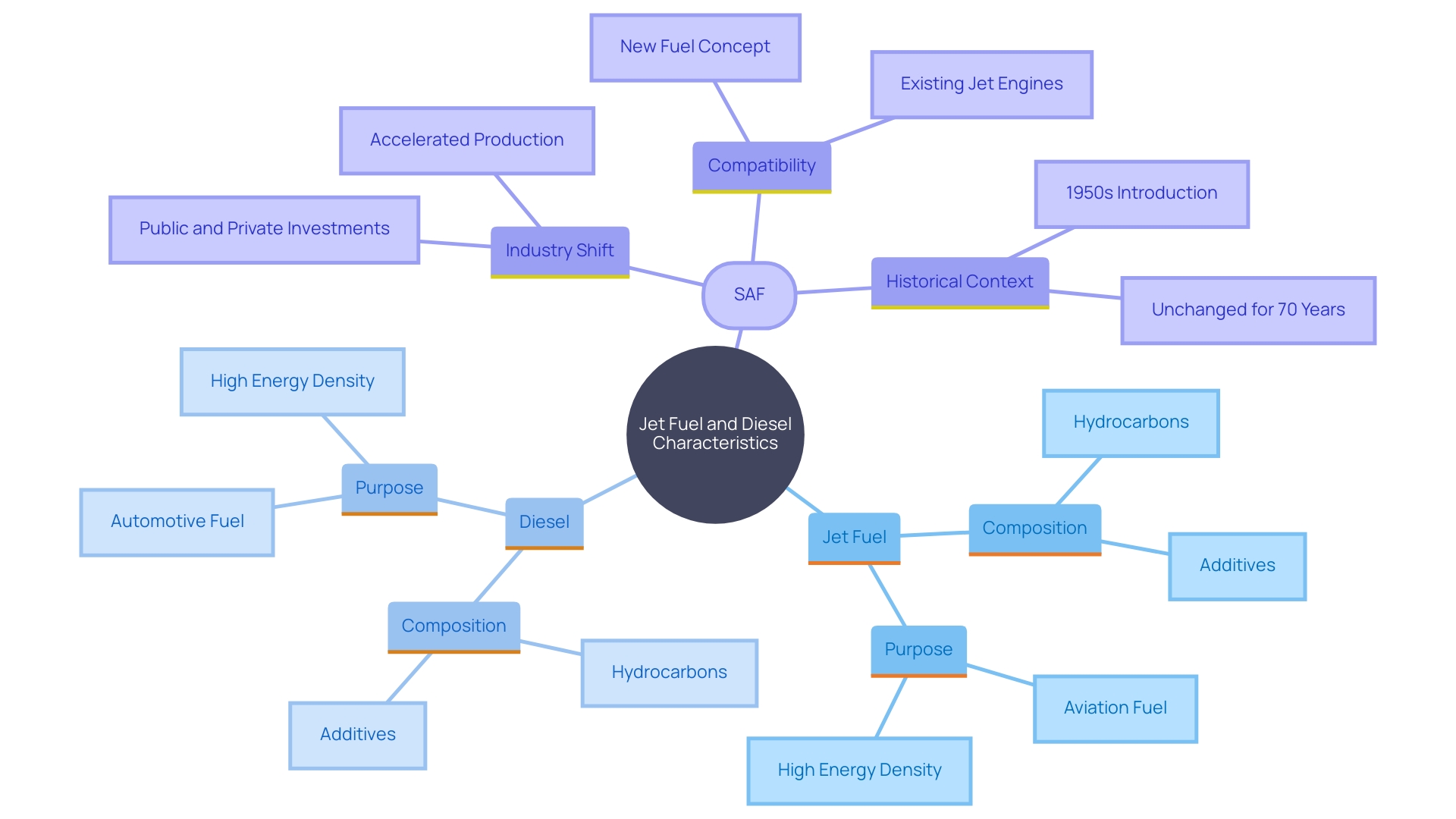
Can Diesel Engines Run on Jet Fuel?
Diesel motors can technically function on aviation gasoline due to the shared hydrocarbon chains between the two substances. However, significant differences in energy properties impact performance and efficiency. Diesel motors are created to take advantage of the elevated cetane rating of diesel for optimal ignition and combustion, which aviation gasoline lacks. This can lead to incomplete combustion, heightened emissions, and possible knocking of the machinery. Even though certain contemporary diesel power units fitted with sophisticated energy management systems might accommodate jet propellant to a degree, extended utilization without alterations is not recommended. Public and private investments are speeding up the creation and utilization of sustainable air travel energy (SAE), which intends to be entirely compatible with current engines. The aviation sector, having utilized a consistent energy source since the 1950s, encounters a steep learning curve in adopting new energy technologies. Robert McCormick of the DOE’s National Renewable Energy Laboratory observes that creating a new jet energy source is a novel concept for the industry. Thorough testing, like those carried out by GE Aerospace, is essential to assess performance and environmental effects, ensuring Safe comply with safety and reliability criteria.
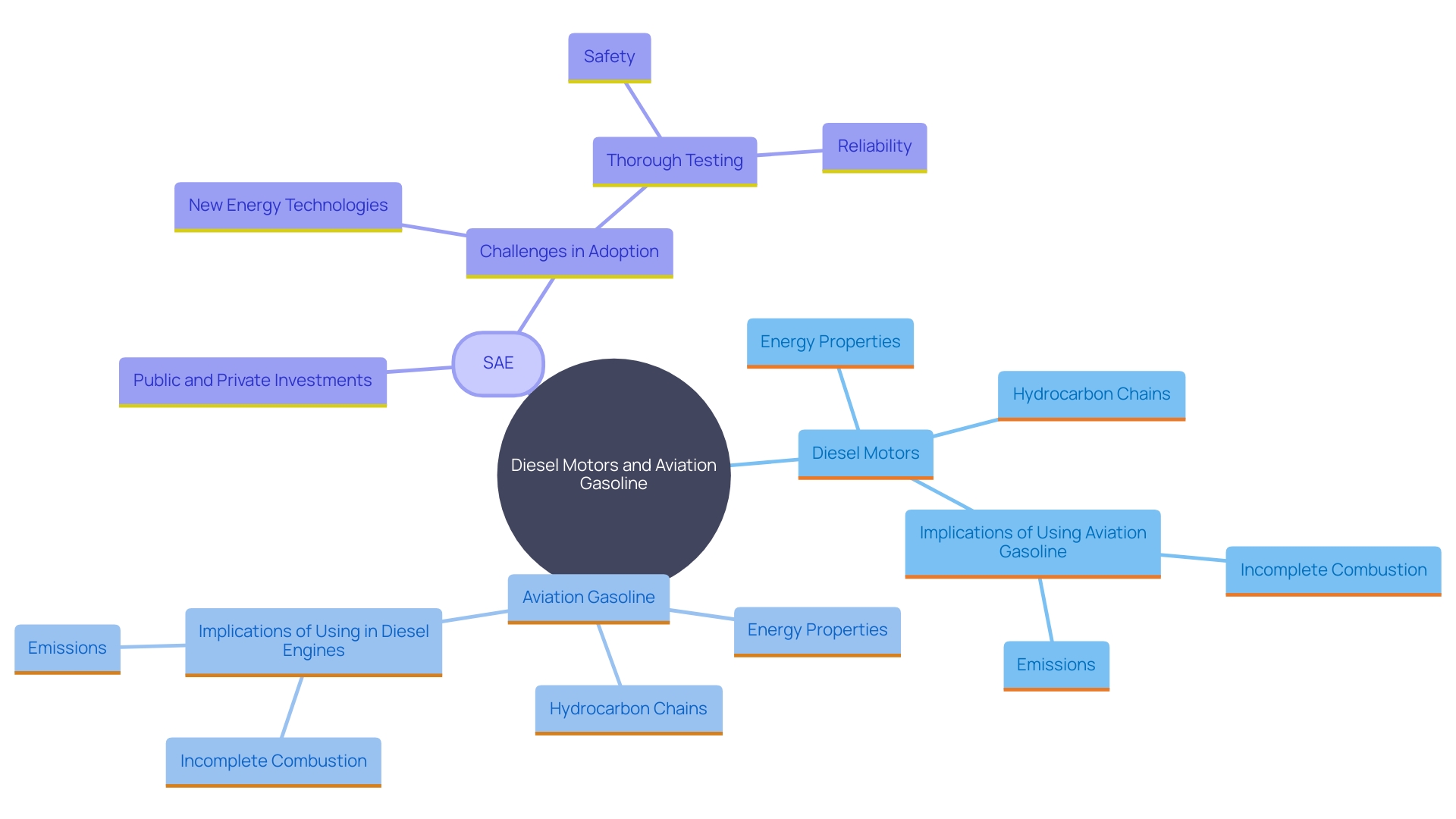
Combustion and Emission Characteristics of Jet Fuel in Diesel Engines
When jet petroleum is utilized in diesel motors, the combustion traits show significant variations in comparison to conventional diesel petroleum. The lower cetane number of jet fuel results in delayed ignition, leading to higher emissions of unburned hydrocarbons and particulates. Particles released by such machinery can negatively influence air quality and human well-being, leading to illnesses like asthma and bronchitis. The combustion temperature may also be lower, impacting overall thermal efficiency. This decrease in efficiency can result in a higher carbon footprint due to incomplete combustion and increased emissions of pollutants such as nitrogen oxides (NOx) and carbon monoxide (CO). Research indicates that up to 70% of particles released by aircraft are linked to NOx emissions, contributing to the environmental effect. Furthermore, the approval process for jet propulsion systems does not completely consider particle emissions, highlighting the necessity for more thorough testing methods to improve understanding and reduce these effects.
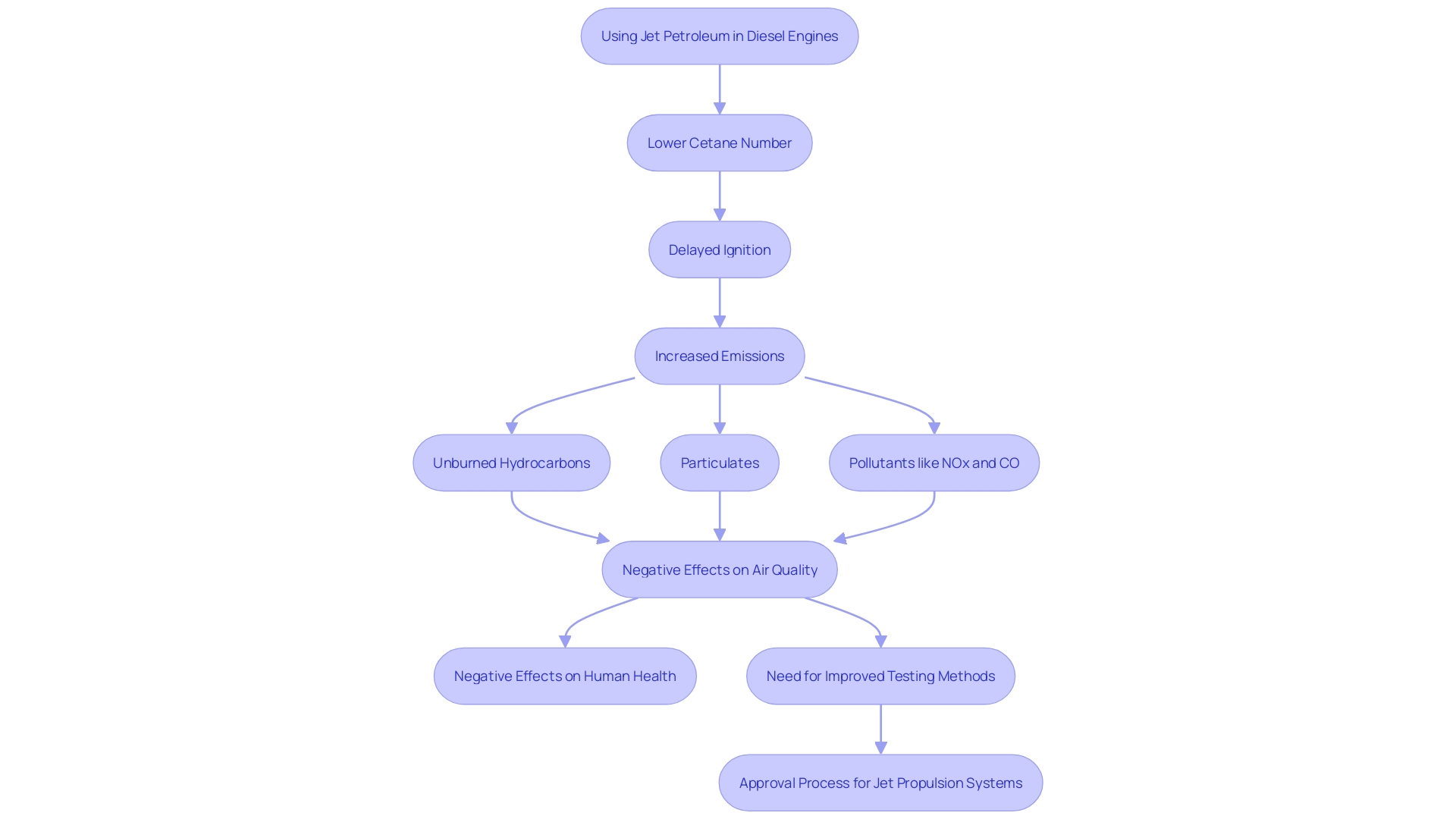
Lubricity and Engine Performance Considerations
An essential factor to take into account when replacing jet energy in diesel machinery is the matter of lubricity. Diesel oil naturally includes substances that improve lubricity, thus safeguarding machinery parts from deterioration. In contrast, jet energy lacks these natural lubricating properties, which can lead to accelerated wear on pumps and injectors. The inadequate lubricating properties of jet liquid require the use of extra lubricity boosters to reduce the risk of damage to machinery. 'This challenge is evident in the airborne transport sector's ongoing efforts to adapt to new energy sources, as highlighted by Robert McCormick, a senior research fellow at the U.S. Department of Energy's National Renewable Energy Laboratory, who remarked, "This idea of designing a new jet energy source is like a completely new concept to the airborne transport sector."' The aviation sector's investigation of sustainable aviation sources (SAF), which can decrease lifecycle emissions by 70%, highlights the significance of progressing energy technologies to ensure compatibility with current machinery while reducing environmental impact. 'The recent Virgin Atlantic flight powered entirely by SAF exemplifies the potential of these alternative energy sources to meet the industry's sustainability goals, demonstrating that such innovations can be integrated into current propulsion systems without compromising performance or safety.'.
Legal and Practical Considerations for Using Jet Fuel in Diesel Engines
Utilizing jet petroleum in diesel engines poses various legal and practical challenges. Regulatory frameworks in numerous regions prohibit the use of jet petroleum in land vehicles, potentially resulting in significant fines or penalties. Furthermore, the cost and availability of jet energy compared to diesel can vary significantly, affecting overall operational expenses. The infrastructure for jet energy supply is generally less accessible for ground transportation, complicating logistics further for those considering this option.
Public and private investments are rising to enhance the production and utilization of sustainable air transport energy source (SAF), an energy-dense, renewable resource considered crucial for the air travel sector. However, the adoption of SAF requires proving its safety and reliability, akin to previous changes in gasoline and diesel chemistry. This shift in the air travel industry is driven by a necessity to lower carbon emissions and diminish greenhouse gas outputs, as emphasized by various initiatives and regulations focused on encouraging cleaner energy sources in the transportation sector.
The increasing emphasis on sustainable aviation alternatives is demonstrated in areas such as the Great Lakes and the Rocky Mountains, where initiatives are in progress to establish regulations that encourage a more environmentally friendly aviation sector. The electrification of medium- and heavy-duty vehicles (MHDVs) and the acceptance of alternative energy sources are vital measures in reducing emissions from the transportation sector, which continues to be a major contributor to national greenhouse gas levels.
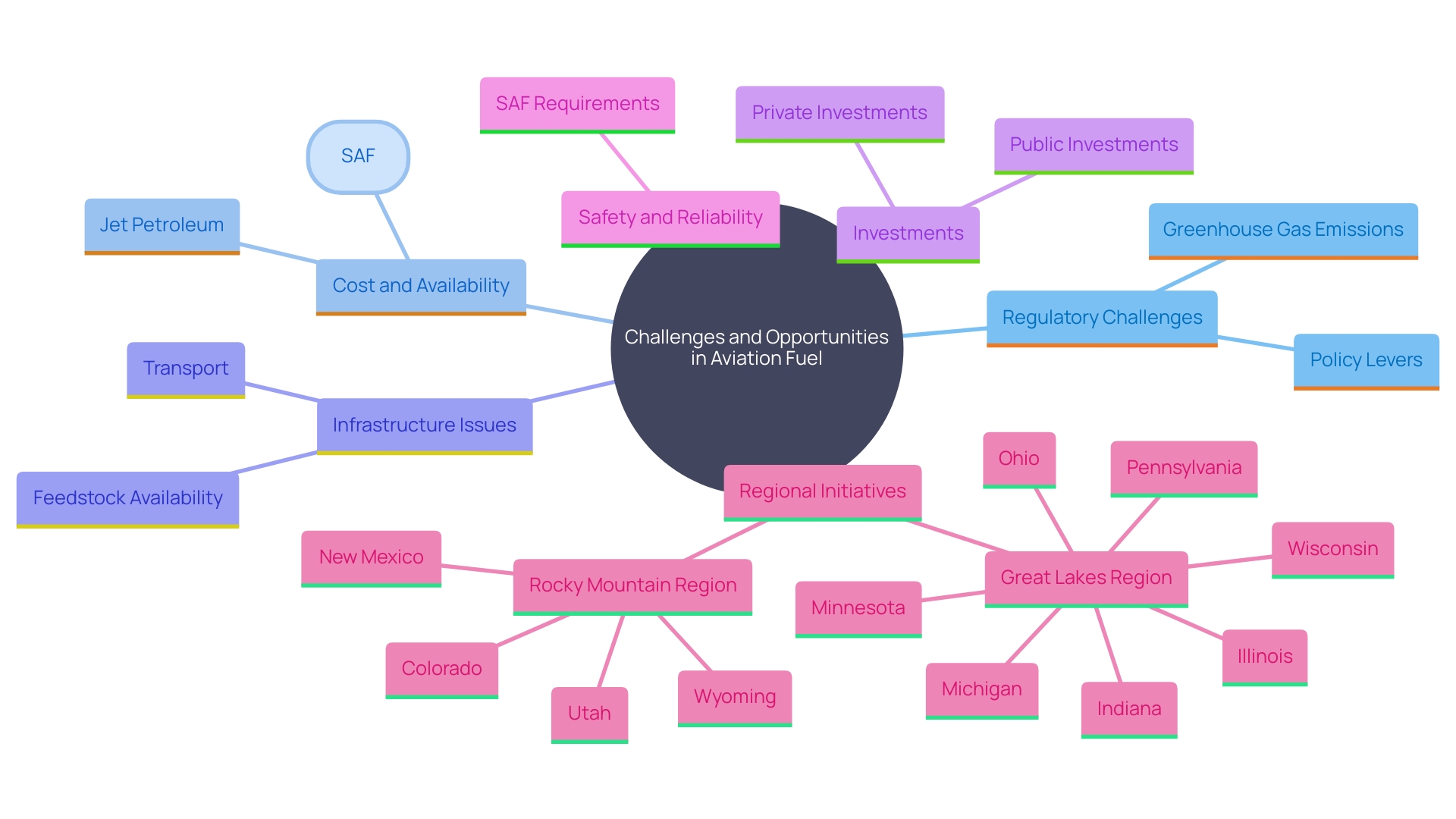
Comparative Analysis of Jet Fuel and Diesel Fuel in Diesel Engines
A comparative examination of jet and diesel types in diesel machinery reveals distinct performance and compatibility differences, though both can serve as viable energy sources. Diesel energy, enhanced for compression ignition, provides superior efficiency, emissions control, and longevity of machinery. Research has demonstrated that biodiesel, a renewable alternative to petroleum diesel, can seamlessly replace without modifications to the machinery, enhancing specific aspects of performance. However, the introduction of jet energy into diesel engines, while feasible, does not achieve the same performance or efficiency levels, making it less favorable for routine use. This emphasizes the significance of comprehending energy attributes for operators contemplating alternative choices. Public and private investment in sustainable air travel energy (SAE) highlights the increasing focus on renewable resources, striving to achieve the sector's net-zero emissions goal by 2050. The aviation sector, traditionally dependent on Jet A, now encounters a steep learning curve in embracing new energy technologies, as pointed out by Robert McCormick of the Doe's National Renewable Energy Laboratory. This transition requires detailed chemistry information and strong combustion simulations to guarantee compatibility and safety with current jet propulsion systems, highlighting the essential role of industry-wide backing in attaining these ambitious objectives.
Case Studies and Real-World Applications
Multiple case studies have explored the use of jet energy in diesel machinery, particularly in military and specialized fields where energy adaptability is essential. In military applications, vehicles have been successfully operated on jet energy to streamline logistics in combat zones, showcasing the potential for operational flexibility. However, these implementations often require adjustments to the machinery or propulsion delivery systems to tackle challenges presented by the lower lubricity and different ignition characteristics of jet fluid compared to conventional diesel. The Department of Defense's effort for enhanced strength and stamina in continuous monitoring and communication systems highlights the significance of creative energy solutions. The real-world examples emphasize the critical need to carefully evaluate compatibility and performance when considering alternative fuels, ensuring that the benefits of fuel flexibility do not compromise engine reliability or efficiency.
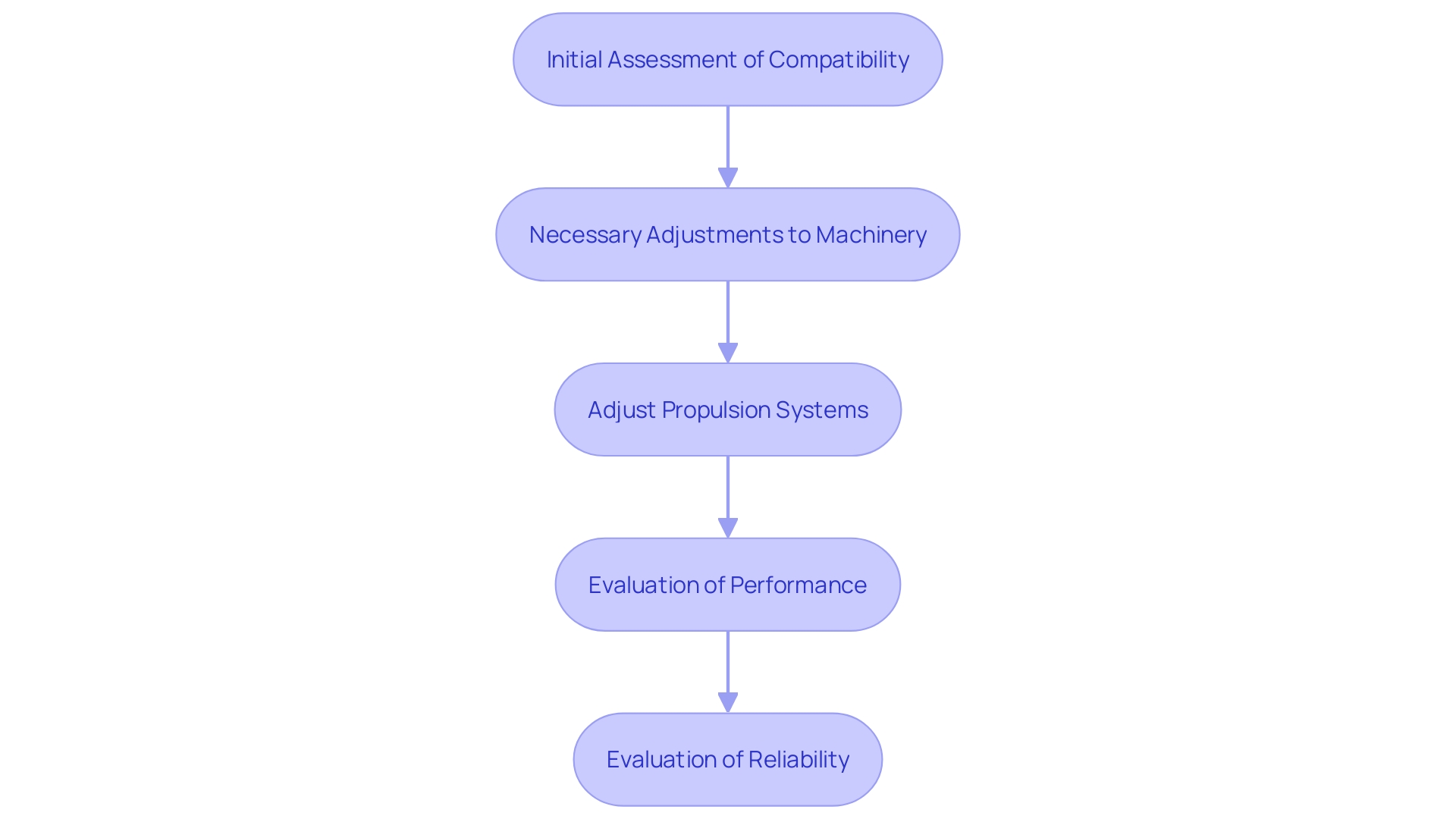
Conclusion
The distinctions between jet fuel and diesel fuel are significant and have far-reaching implications for various sectors, particularly aviation and ground transportation. Jet fuel, specifically designed for aviation turbines, emphasizes properties that enhance performance at high altitudes, while diesel fuel’s characteristics cater to the needs of compression ignition engines. As the aviation industry transitions toward Sustainable Aviation Fuel (SAF), the necessity for innovation and adaptation becomes increasingly critical.
This evolution presents both challenges and opportunities, as the sector moves away from a long-standing reliance on conventional jet fuel formulations.
The technical compatibility of jet fuel in diesel engines reveals several challenges that cannot be overlooked. While diesel engines can operate on jet fuel, the differences in cetane ratings, lubricity, and combustion characteristics lead to inefficiencies and potential engine damage. The pursuit of SAF aims to create a more environmentally friendly alternative that meets the stringent performance requirements of existing engines, thereby mitigating the adverse effects associated with using jet fuel in diesel applications.
As the aviation industry explores new fuel technologies, it must also navigate the regulatory landscape and practical considerations that accompany these transitions.
In summary, the ongoing developments in renewable fuels underscore the urgency for the aviation sector to adopt sustainable practices while maintaining operational efficiency. Investment in SAF not only seeks to fulfill the industry's ambitious decarbonization goals but also highlights the importance of rigorous testing and validation to ensure safety and reliability. The insights gained from comparative analyses and real-world applications serve as a crucial foundation for advancing fuel technologies, ultimately enabling the industry to thrive amidst the challenges posed by climate change and regulatory pressures.




